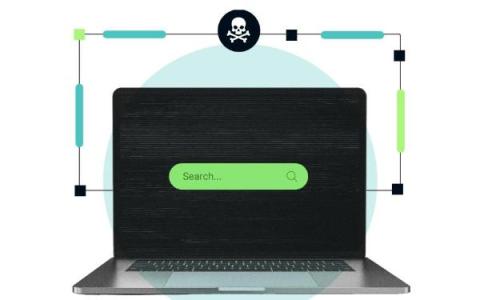What is SOC 2 Type 2 and Why is it Important?
Netacea is proud to announce that one year on from originally completing SOC 2 Type 2 compliance, we have successfully passed our latest audit. This is an accolade we take pride in as it further demonstrates our ongoing commitment to data security and protecting our customers.











